The Portugal experience can be many things. History, great food, cobblestone villages, idyllic scenery and beautiful coastlines are just the beginning. Amongst all this, Portugal is also famous for its beautiful Lusitano horses.
Many years ago, I visited Portugal and stayed in a sleepy fishing village in Algarve, a popular haven with the British tourists. This time, I visited Portugal on an exploration trip to see horses, equestrian centres and visit the famous Portuguese riding school. Since then I have been back many times and it is truly the land of the Lusitano.
On arrival in Lisbon, the capital of Portugal, we hired a car and drove North. We found the driving very easy to navigate once out of Lisbon and although driving is opposite to Australia, the road conditions were very good and there was not a lot of traffic.
Our first visit was to Quinta do Rol, a mere 45 minute drive from the city. The equestrian centre was very new and purposely built with no expenses spared. There was subtlety placed equestrian sculptures in the outdoor areas with comfortable and stylish relaxation areas for the guests. The swimming pool had a retractable roof and was heated so it could be enjoyed all year round. The apartment style accommodation was very tastefully decorated with 3-4 rooms in each apartment including shared lounge areas and kitchens even though all meals were provided.
The state of the art equestrian centre offers dressage and working equitation lessons with two indoor arenas. One was even fully enclosed so winter time lessons would still be greatly enjoyable. The viewing gallery was also very delightful, with couches that I could definitely see myself relaxing in with a lovely glass of Portuguese wine while watching the other riders.
The lessons there started with a 15-minute warm up session with an instructor followed by a 45-minute private session with the main instructor Pedro Teixeira Farto an experienced rider and trainer. The horses were all well trained, most being able to do flying changes passage, piaffe etc. There is also an option to enjoy a trail ride or a working equitation lesson with an outdoor arena set up with obstacles.
After leaving Quinto do Rol, we drove north to Santarem where we stayed in a cute little B&B and met a couple who were in the process of setting up a new riding establishment. They took us to the horse capital of Portugal, Golega, famous for the national horse fair dating back to the 18th century. The horse fair is held every November and spans over 10 days. As we explored the area, we drove past the famous Portuguese Lusitanos breeder, Manuel Veiga’s farm called Quinta da Broa and his beautiful mansion. We got to see many of his brood mares grazing in the many paddocks.
The drive to our next destination included passing through many sleepy towns. That’s because everything in Portugal shuts down between the hours of noon and three, as the locals return home to eat, sleep and spend time with their families. Entire cities are rendered ghost towns during these hours and the streets are completely empty.
Another highlight was a visit to Monte Velho, another stunning equestrian property which offers dressage lessons and trail riding. The property has beautifully designed rooms, all aesthetically suited to the landscape overlooking the surrounding area and the lake. The property also boasts one outdoor and two indoor arenas. Even if you attended only for dressage lessons, it was well worth at least one trail ride amongst the gorgeous cork trees to explore this beautiful property. The equestrian centre offers a dressage programme to suit most levels with horses chosen to match your riding abilities whilst being trained at a high standard. The lessons are also normally shared with one other rider.
The next morning, we drove to Alter Real, an 800-hectare property located 200 km east of Lisbon, close to the border with Spain. Since August 2013, Alter Stud has been managed by Companhia das Lezírias, a public agroforestry business. At present, ALTER REAL has 510 horses of which 388 stay at the stud’s 800 hectares property, while 112 are distributed to other entities, the most important being the Portuguese School of Equestrian Art, located near Lisbon with 49 bay ALTER REAL Lusitanos. We were told that they offered English guided tours, although there were none available the day we visited. Instead, we were shown around the stables and out buildings as well as getting to watch some horses being ridden. As this stud was such a long drive, I recommend visiting only if you’re in the area.
One of Portugal’s many attributes is its history, so we stopped in Evora en-route back to Lisbon. Evora has a well-preserved old town centre that is still partially enclosed by medieval walls and a large number of monuments dating from various historical periods, including a Roman Temple and Évora is a UNESCO World Heritage Site. It is also a member of the Most Ancient European Towns Network. We enjoyed a wander around the cobbled streets and had lunch in one of the many outdoor restaurants. Portugal has many lovely towns worth visiting, Sintra being another beautiful town popular for its best-preserved medieval royal residence in Portugal, being inhabited more or less continuously from at least the early 15th century to the late 19th century.
The last stop on our whirlwind visit was Lisbon, which I loved and wished I had a few more days to explore. We found a lovely restaurant in the Plaza del Comercio and enjoyed Sardines which Portugal is famous for. Lisbon is great to explore with cobbled streets, tiled buildings, old trams and beautiful historic buildings. I recommend taking the trolley car up the hill to explore the Castle to see the view over the river Tagres and a hop-on hop-off bus pass which takes you to all the major sights.
The finale of our trip to Portugal was a visit to the Portuguese School of Equestrian Art in Belem, Lisbon. We watched a training session, normally held most week days from 10.30am and enjoyed the view from the downstairs gallery. This was a great position for taking photos. We were so close to the horses that we could feel the sand flick onto our faces when they were ridden past by the riders who were dressed in traditional riding uniform. We saw horseman long reining youngsters and others practicing sequences for the Gala show held on the last Friday of most months as well as extra shows at certain times of the year. Some were teaching the horses passage and two trainers were teaching the horse Capriole. The horses and riders were all immaculately turned out and at the Portuguese riding school the horses are all bay unlike the Vienna and Spanish riding school where the horses are all grey.
Overall, Portugal was an amazing equine experience with beautiful towns, fantastic equestrian facilities and friendly, hospitable people. A truly wonderful place to visit.
Snaffle Travel offers Dressage riding holidays to Portugal and can help with all travel arrangements, flights, car hire and any tours.
Tania Huppatz
Snaffle Travel
www.snaffletravel.com.au
Photo: Snaffle Travel

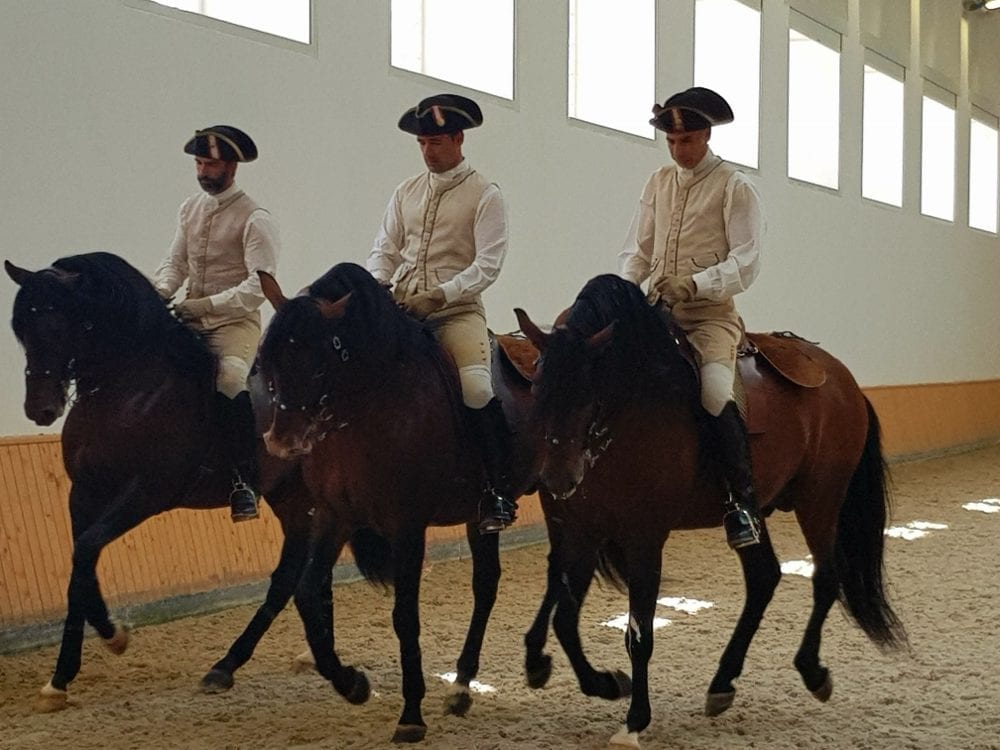
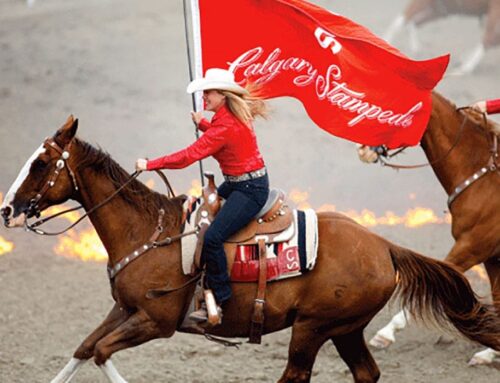
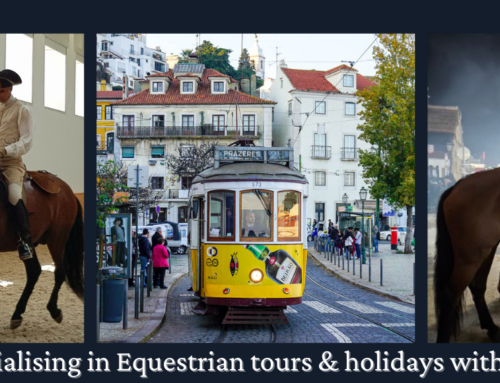
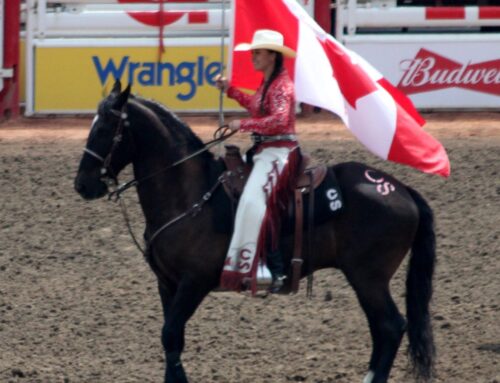
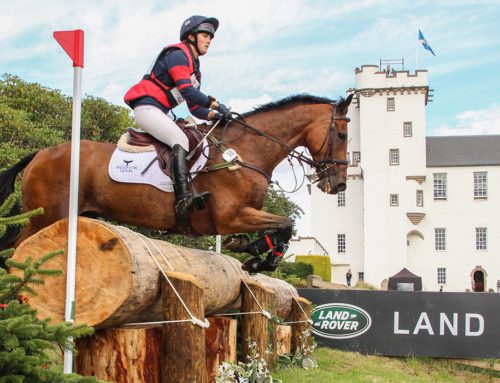
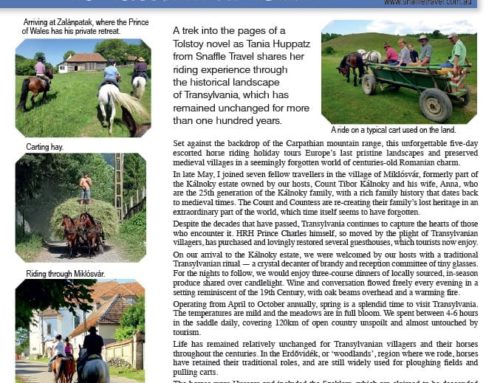
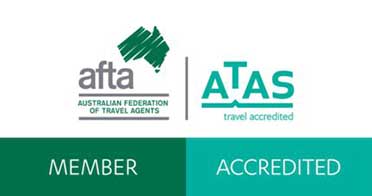




Leave A Comment